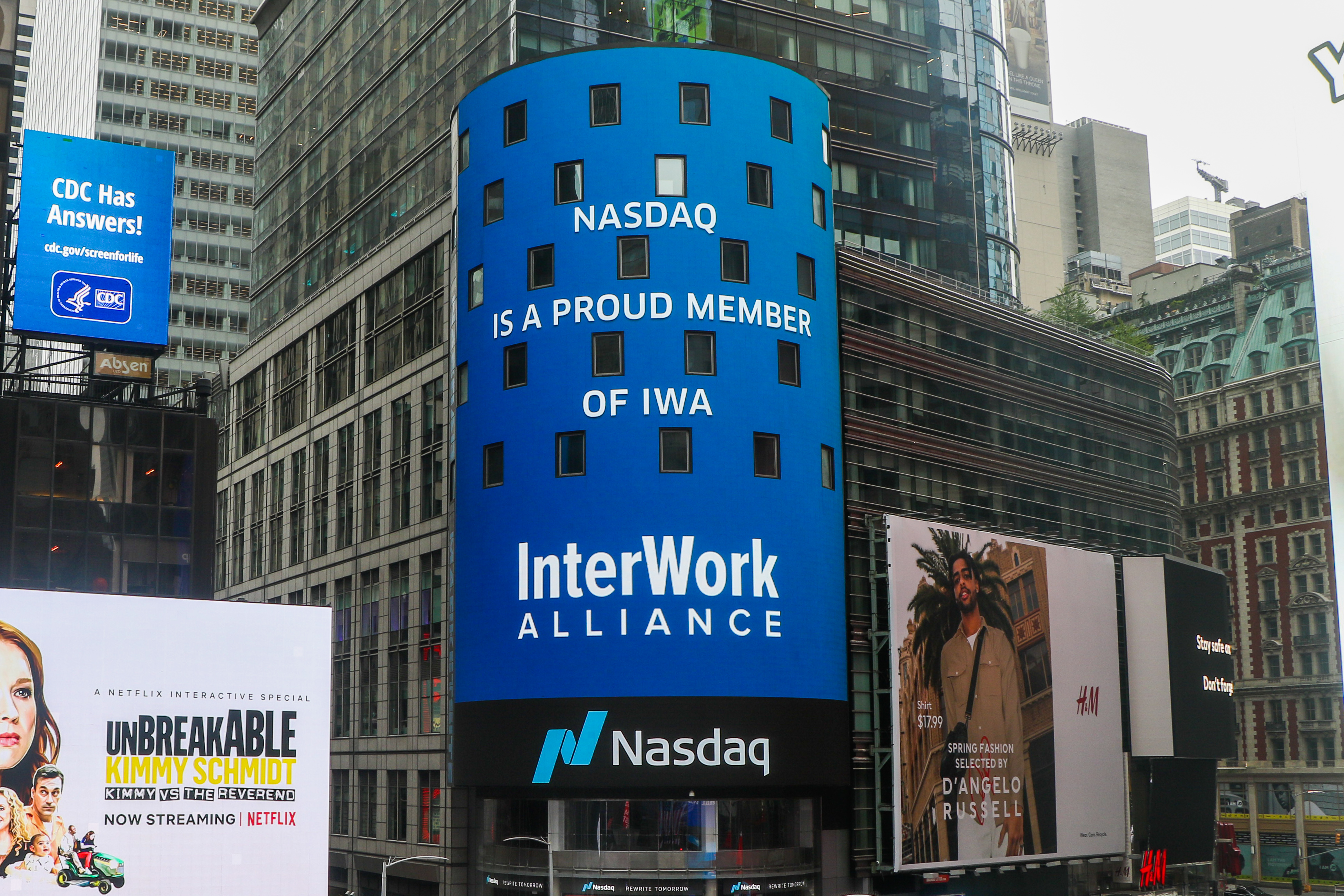
Standardization Aimed to Drive Innovation Across Token -Powered Ecosystems
Today, the InterWork Alliance (IWA) was launched as a platform-neutral, non-profit organization dedicated to create standards frameworks to increase innovation across token-enabled ecosystems. Nasdaq is one of the launch members and we sat down with Johan Toll, Head of Digital Assets at Nasdaq, to understand why such an initiative is needed, what role Nasdaq is playing, and what he thinks IWA can achieve.
Can you tell us a bit about IWA and why it’s needed?
IWA is a member-led industry organization that aims is to simplify token-powered digital interchange to facilitate wider adoption in organizations’ day-to-day business operations. Though there is a large potential and interest in token-based business models, and an array of distributed ledger technologies available, the lack of global standards and shared definitions inhibits wider-scale adoption and the creation of multi-party ecosystems across separate technical infrastructures.
IWA creates a common-ground venue for industry collaboration on market-driven interworking specifications, and brings inclusivity to globally distributed applications. The focus is on establishing standards frameworks that are independent of the underlying technology platform in order to empower interoperability, creativity and business development. Members include corporations in tech, payments, blockchain alongside associations that support the token ecosystem.
What kind of standards will be in focus and what will they mean for companies that have a token-based business idea?
IWA will focus on standardization at the business level to enable companies to create token-based business models without having to first choose which technical platform to use. The focus areas include:
- A Token Taxonomy Framework to provide a common language and toolset that enable multiple parties to agree on the definition of a token and how its value can be exchanged or used
- The InterWork Framework to allow businesses to compose multi-party contracts from clauses that directly correlate to the token standards, enabling communication protocols to be defined and connected to framework components regardless of the eventual technology deployment
- The Analytics Framework to enable organizations to derive additional business value from a privacy-preserving analysis of multi-party contracts, and shared data schema for value-add AI services and market-driven data reporting
Identifying and standardizing the component attributes and behaviors of tokens and the contractual clauses that drive them will improve the ability for distributed applications to interwork with each other across disparate technology platforms.
An immediate example is trade in various sustainability assets, such as carbon credits and green bonds, which has a much better chance of taking off with joint standards and specifications in place.
What role does Nasdaq play as a member of IWA? How will Nasdaq contribute?
Nasdaq is one of the launch members as we think that IWA will play a critical role in ensuring global standards are established and widely adopted, and thereby create a foundation for efficient collaboration and smooth interoperability in token-powered ecosystems.
In addition to bringing extensive experience from running and operating markets to trade assets efficiently, Nasdaq embraced blockchain early on. As a technology provider for capital markets and beyond, we have conducted numerous projects and proof-of-concepts embracing distributed ledger technologies since the mid-2010s, and we are bringing multiple years of experience from innovating and building solutions that support the full digital asset lifecycle.
As a supplier of market technology globally, what customer segments are looking in to business models involving tokenized assets? What are some of the business opportunities they see?
We see incumbent players - exchanges and financial institutions - looking to establish markets for new financial assets to expand their product coverage, and gauging opportunities to automate and digitalize manual processes in the bilateral OTC markets.
But we also see industries outside of capital markets looking to move their current legacy processes and bi-lateral manual work into a fully digitalized environment to issue, trade and settle those assets as tokens. Examples include new marketplaces in healthcare, shipping, insurance and logistics created to trade and track existing or novel asset classes efficiently. By creating a digital representation of the assets, they can be tracked through their entire life cycle from inception and issuance to trading, settlement and delivery.
Finally, what would you say is the key to establishing successful industry standards that are broadly adopted?
It all comes down to openness and collaboration; creating open standards that benefit the industry as a whole with representatives from the entire ecosystem at the table, to make sure all stakeholders get a say. I think it’s also important to strike a balance between standardization and innovation. Rather than trying to standardize too quickly, focus should be on current and real market pains and solving those through industry-wide and open collaboration.

